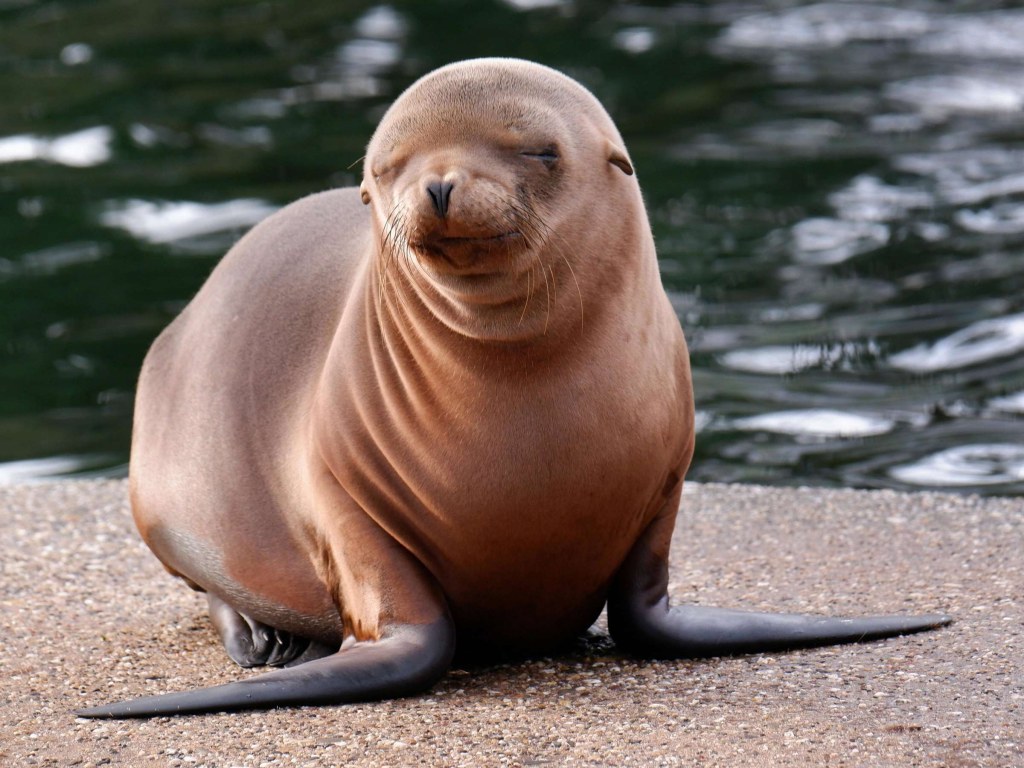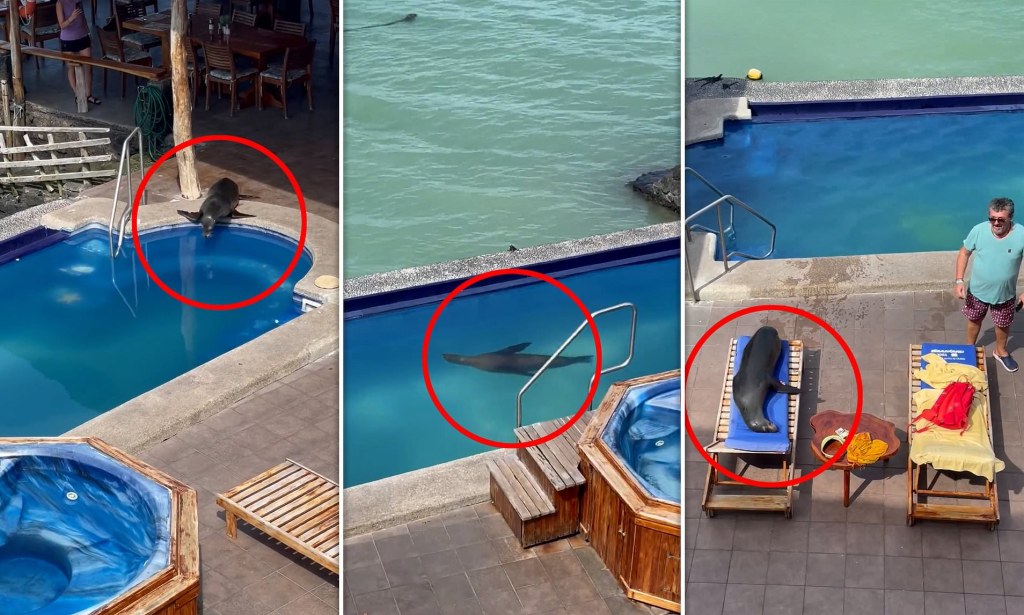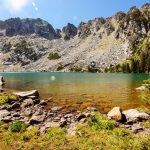Meet Wendy The Sea Lion: Dive Into An Unforgettable Encounter!
Wendy the Sea Lion: A Fascinating Creature of the Deep
1. Introduction
Welcome, Good People and Lion Enthusiasts! Today, we delve into the mesmerizing world of Wendy the Sea Lion. Prepare to be captivated by the stories and wonders surrounding this extraordinary creature. In this article, we will explore the life, habitat, and unique traits of Wendy, shedding light on the importance of conserving her species. So, let’s dive in!
2 Picture Gallery: Meet Wendy The Sea Lion: Dive Into An Unforgettable Encounter!


Here is a table that contains all the information you need to know about Wendy the Sea Lion:

Image Source: landtiere.de
Species
Scientific Name
Location
Conservation Status
Sea Lion
Zalophus californianus
Coastal regions of North America
Near Threatened
2. What is Wendy the Sea Lion?
Wendy the Sea Lion is a remarkable creature belonging to the species known as Zalophus californianus, commonly referred to as the California sea lion. These marine mammals are known for their playful nature, intelligence, and remarkable swimming abilities. Wendy, a female sea lion, has become an icon of conservation efforts due to her incredible journey and inspiring story.
3. Who is Wendy the Sea Lion?

Image Source: dailymail.co.uk
Wendy is a beloved sea lion who gained fame through her incredible journey. Born on the coast of California, she embarked on a remarkable migration across the Pacific Ocean, spanning thousands of miles. Along the way, she encountered various challenges and adventures, captivating the hearts of people worldwide. Her resilience and determination have made her a symbol of hope for the conservation of marine life.
4. When and Where Can Wendy be Found?
California sea lions, including Wendy, can primarily be found along the coastal regions of North America, from Alaska to Mexico. They are highly adaptable and can thrive in a range of environments, including rocky shores, sandy beaches, and even man-made structures such as harbors and piers. Wendy’s specific whereabouts vary, as she continues her migration and exploration of the vast ocean.
5. Why is Wendy the Sea Lion Important?
Wendy’s story highlights the importance of protecting sea lions and their habitats. These charismatic creatures play a vital role in maintaining the balance of marine ecosystems. They are top predators, feeding on fish and other marine organisms. By keeping prey populations in check, they help sustain the health and diversity of the ocean. Additionally, sea lions serve as indicators of environmental changes, making their conservation crucial for understanding the overall well-being of our planet.
6. How Does Wendy’s Journey Inspire Conservation?
Wendy’s incredible migration journey has inspired countless individuals to take action in conserving marine life. Her story serves as a powerful reminder of the resilience and adaptability of sea lions in the face of environmental challenges. By raising awareness about the threats faced by Wendy and her species, conservation efforts have been mobilized, leading to the establishment of protected areas and regulations to preserve their habitats.
7. Pros and Cons of Wendy the Sea Lion
While Wendy the Sea Lion embodies the beauty and wonder of marine life, it is essential to consider the pros and cons of her existence:
Pros:
1. Ecological Role: Sea lions like Wendy play a crucial role in maintaining the balance of marine ecosystems by regulating prey populations.
2. Tourism and Education: Wendy’s story has attracted tourists and sparked interest in marine conservation, contributing to educational programs and research initiatives.
3. Indicator Species: The health and well-being of sea lions can serve as an indicator of the overall state of the ocean, alerting scientists to potential environmental issues.
Cons:
1. Competition with Fisheries: Sea lions sometimes come into conflict with commercial fisheries, as they may consume fish that are targeted by fishermen.
2. Habitat Loss: The destruction of coastal habitats and pollution pose significant threats to sea lions and their ability to find suitable breeding and resting sites.
3. Entanglement in Fishing Gear: Sea lions may accidentally become entangled in fishing nets and lines, leading to injuries or death.
8. Frequently Asked Questions (FAQs)
Q1: Are sea lions dangerous to humans?
A1: Generally, sea lions are not dangerous to humans. However, it is important to keep a safe distance and avoid disturbing or provoking them, as they are wild animals and may act defensively if they feel threatened.
Q2: How long can sea lions hold their breath underwater?
A2: Sea lions have remarkable breath-holding abilities and can stay submerged for up to 10 minutes. This allows them to dive deeper in search of food.
Q3: How do sea lions communicate?
A3: Sea lions communicate through various vocalizations, including barks, growls, and roars. These sounds serve as a means of establishing territory, attracting mates, and maintaining social bonds.
Q4: Do sea lions have predators?
A4: While sea lions are apex predators in their habitat, they can sometimes fall victim to larger sharks, such as great white sharks, and orcas.
Q5: How can I contribute to the conservation of sea lions?
A5: You can support sea lion conservation by participating in beach clean-ups, reducing single-use plastic consumption, advocating for marine protected areas, and supporting organizations dedicated to the preservation of marine life.
9. Conclusion
As we conclude our exploration of Wendy the Sea Lion, let us reflect on the importance of protecting and conserving these magnificent creatures and their habitats. Wendy’s journey serves as a reminder of the interconnectedness of all living beings and the impact of our actions on the delicate balance of nature. By taking a stand for the conservation of sea lions, we can ensure a brighter future for Wendy and her fellow marine inhabitants.
10. Final Remarks
Disclaimer: The information provided in this article is based on extensive research and reputable sources. However, the dynamic nature of marine ecosystems means that some details may be subject to change. We encourage readers to seek updated information and engage in ongoing efforts to stay informed about the conservation of sea lions and other marine species.
This post topic: Lions


